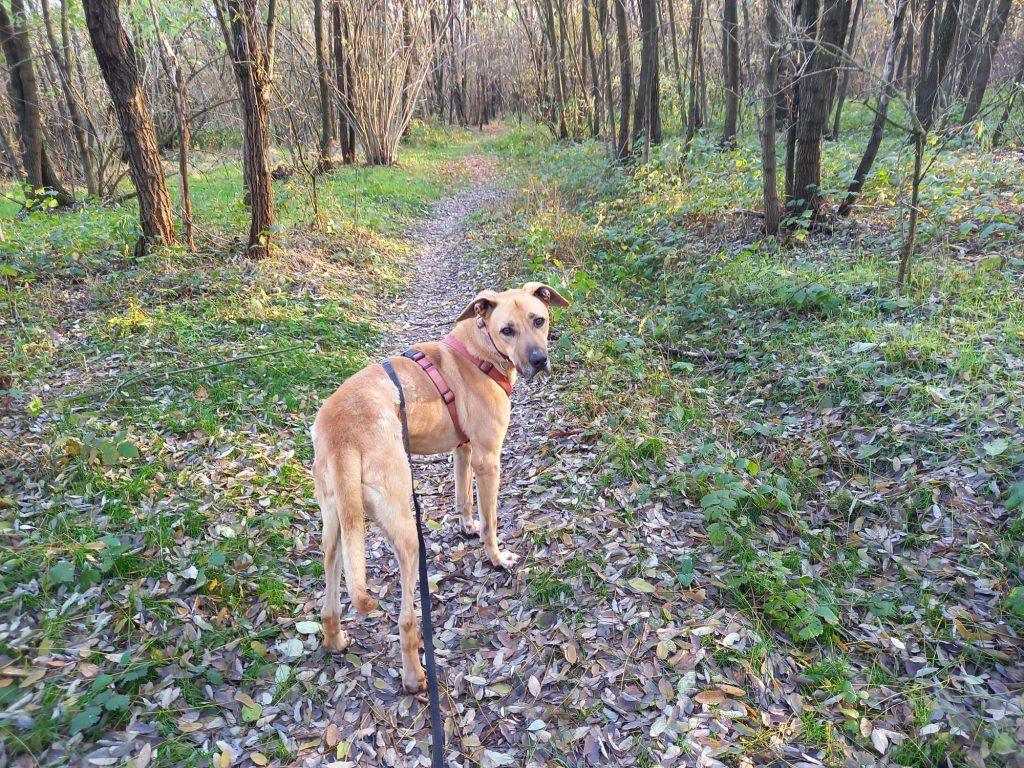
The microchip system, required by law, is a huge innovation that allows you to trace the owner of the dog, the family that lost it, as well as the person responsible for an abandonment.
It is mandatory, after the first few months of life, and all owner-owned dogs must have it applied and registered.
The same happens to all dogs that enter kennels. In this way they are registered.
The application of the chip, intended as a mere mechanical gesture, is not exhaustive in itself. The dog must also be registered at the registry office and the regional register of the place where the dog resides.
Where the dog is transferred or adopted from another Region, it is also necessary that the Region that implanted the microchip, and where the dog was held, for any reason, sends a no objection to the Region that welcomes the dog in which it will go to live.
Only after this transfer will it be possible to register the dog in the Region to which the dog is transferred by the owner. This applies to adoptions but also to the transfer of the family for any reason from one region to another.
This system may have bureaucratic delays that should always be taken into account.
To read the microchip, a special tool is needed, provided to the authorities, veterinarians and associations, which records the serial number. At this point, the number must be entered into the dog registry portal, which will indicate the region where the dog was registered.
Some veterinarians and certainly all veterinary ASLs, with that code, are able to obtain additional data to the dog’s registration, that is, identify the data of the owner or keeper. This is, however, if the dog is registered in the region of competence. Conversely, to obtain all the identifying data of the owner, the ASL or the veterinarian in charge will have to forward the request to their peers in the other region and only after the response, trace the owner.
In the meantime, the dog will be kept in custody in a kennel.
From this simple explanation, however, it also emerges that there is not a single national register, but that the regional health system is responsible for recording the data relating to each dog registered in its region.
And here comes another important consideration: if you go on holiday with your dog, it is important that you keep this risk in mind in case of loss. If the holiday is very long, report the presence of the dog to the local ASL in the host region, and remember to transfer it back to your competent ASL upon your return to normal life.
If the chip, in addition to being a legal requirement, is also a safety system for your little one, it is also a victim of bureaucratic delays and the difficulty of being identified in a timely manner by the passer-by who encounters the stray dog.
The simple passer-by, in fact, should call the authorities, wait for their intervention to round up the dog and carry out the consequent identifications. Alternatively, the aforementioned passerby should pick up the dog and personally take it to a qualified veterinarian or the ASL to make sure that the dog has a registered chip.
Much more often the passerby on duty will be led to ignore the problem because it does not seem to have an easy solution.
For this reason, the immediate and timely lifesaver often and almost always turns out to be the tag: a pendant that can be engraved in pet shops with the telephone numbers of the dog’s family. The more numbers there are, the greater the certainty that someone will answer.
In this way, whoever meets the dog, certain that it has an owner, will be more inclined to stop it, read the number, track you down and reunite the little one with its family quickly and promptly.
Therefore, make sure that your dog is NEVER (not even at home) without a valid identification device for your telephone number!



